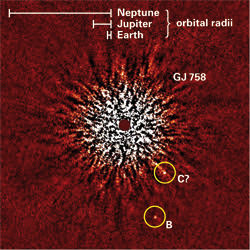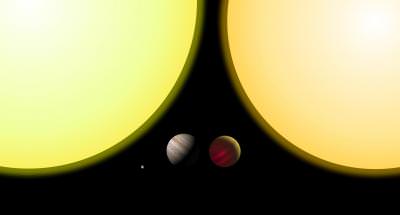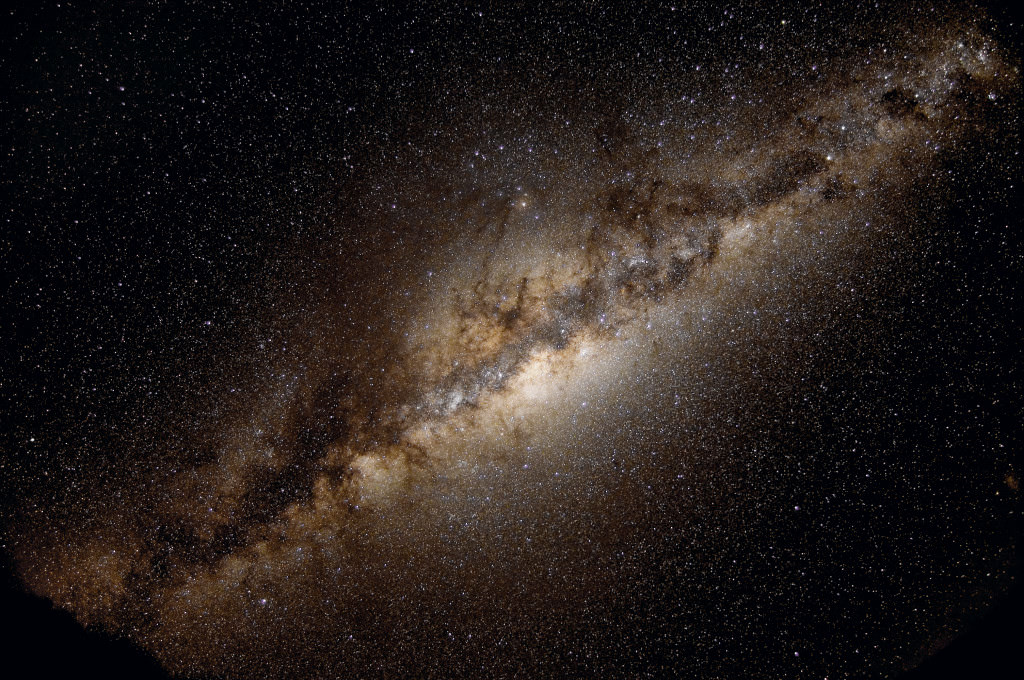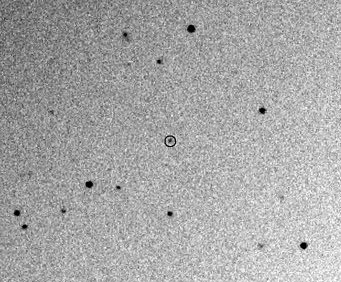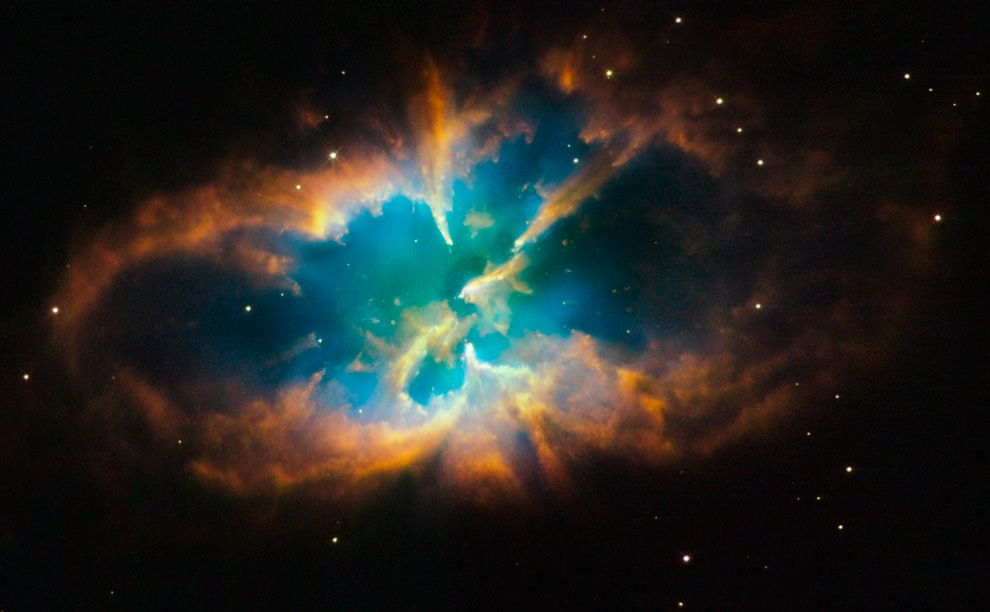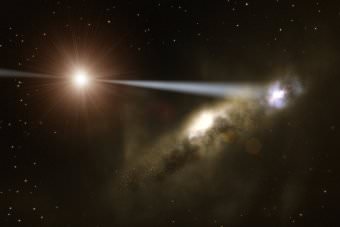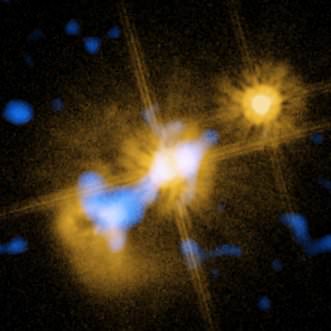[/caption]
Like everything else in the Universe, stars get old. As they become older, stars like our own Sun “puff up”, becoming red giants for a period before finally settling down into white dwarfs. During this late period of their stellar lives, about 30% of low-mass red giants exhibit a curious variability in their brightness that remains unexplained to this day. A new survey of these types of red giants rules out most of the current explanations put forth, making it necessary to find a new theory for their behavior.
Red giants are a stage in the later part of a Sun-like star’s life when most of the fuel powering nuclear fusion in the core of the star is exhausted. The resulting lack of light pressure pushing out against the force of gravity causes the star to collapse in on itself. When this collapse occurs, though, it heats up a shell of hydrogen around the core enough to reignite fusion, resulting in an increase in nuclear fusion that causes the star to become bigger due to the increased light pressure. This can result in the star becoming 1,000 to 10,000 times more luminous.
Variability in the light output of red giants is natural -they swell up and shrink down in a consistent pattern, resulting in brighter and dimmer light outputs. There is, however, a difference in the brightness of roughly a third to one half of these stars that happens over longer time periods, to the tune of up to five years.
Called the Long Secondary Period (LSP), the changing brightness of the star happens over longer timescales than the shorter period pulsation. It is this long-term variation in brightness that remains unexplained.
A new detailed study of 58 variable red giants in the Large Magellanic cloud by Peter Wood and Christine Nicholls, both of the Research School of Astronomy and Astrophysics at the Australian National University, shows that the proposed explanations of this mysterious variability fall short of the measured properties of the stars. Nicholls and Wood used the FLAMES/GIRAFFE spectrograph on ESO’s Very Large Telescope, and combined the information with data from other telescopes like the Spitzer Space Telescope.
There are two leading explanations of the phenomenon: the presence of a companion object to the red giants that orbit in such a way to change their brightness, or the presence of a circumstellar dust cloud that somehow blocks the light coming from the star in our direction on a periodic scale.
A binary companion to the stars would change their orbit in such a way that they would approach and recede from the vantage point of the Earth, and if the companion passed in front of the star it would also dim the light streaming from the red giant. In the case of a binary companion, the spectra of the brightness change among all of these stars is relatively similar, meaning that for this explanation to work, all of the red giants exhibiting the LSP variation would have to have a companion of a similar size, approximately 0.09 times the mass of the Sun. This scenario would be extremely unlikely, given the large number of stars that show this brightness variation.
The effect of a circumstellar dust cloud could be a possible explanation. A cloud of circumstellar dust that obscures the light from the star once per orbit would dim its light enough to explain the phenomenon. The presence of such a dust cloud would be revealed by an excess of light coming from the star in the mid-infrared spectrum. The dust would absorb light from the star, and re-emit it in the form of light in the mid-infrared region of the spectrum.
Observations of LSP stars show the mid-infrared signature that’s a telltale sign of dust, but the correlation between the two doesn’t mean that the dust is causing the brightness variation. It could be that the dust is a byproduct of ejected mass from the star itself, the underlying cause of which could be associated with the change in brightness.
Whatever the cause of the oscillation of brightness in these red giants may be, it does make them eject mass in large clumps or in the form of an expanding disc. Obviously, further observations will be necessary to track down the reason for this phenomenon.
The results of the observations made by Nicholls and Wood have been published in The Astrophysical Journal. Two articles describing their findings are available on Arxiv, here and here.
Source: ESO, Arxiv papers


